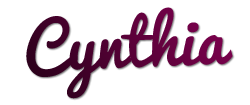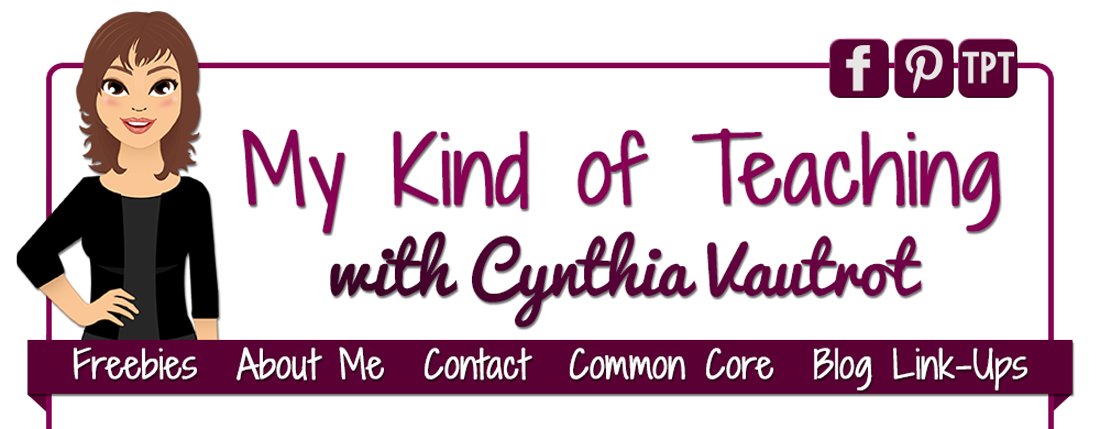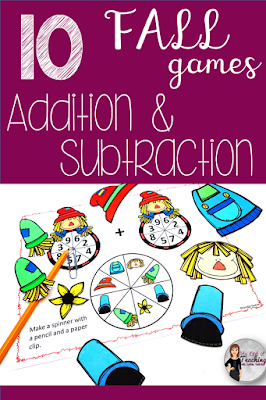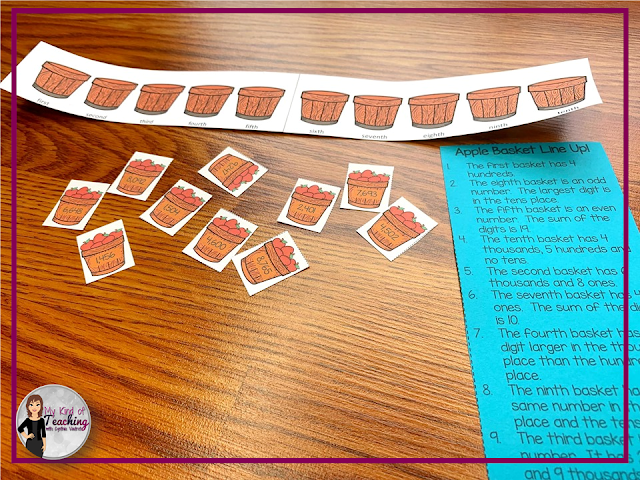Do you find yourself battling short attention spans of students in your classroom? I've always been a fan of what I like to refer to as the "Sesame Street" method of learning. Have you ever really thought about why this iconic television show has lasted for 50+ years and is loved by generations?
My theory is that the entire show is made up of bits and pieces of many topics, different characters, quick tidbits, and more. All of these things added together keep those short attention spans of children enthralled and engaged. If something isn't their thing, they just have to wait 2-3 minutes, and the topic changes from counting with the Count to listening to grumpy and grouchy Oscar.
In my classroom (and homeschooling), I have always embraced this method as much as possible. Children are used to a fast-paced world. Short segments of learning is what keeps their attention.
Whether you call it early finishers, bell work, time fillers, etc., you are probably using some of your own strategies to battle short attention spans of your students in your own classroom. Here are some of my favorite ways to use short activities (15-20 minutes or less), to keep students on task, engaged, and learning.
1) Brain Breaks
When you literally can see the blank stares coming over students' faces and the focus completely leaving, it's time for a quick brain break! Use movement to stimulate the brain and switch gears. It can be as easy as having students stand up and giving them directions. Use active directions, such as doing 10 jumping jacks, running in place for 30 seconds, hopping on your left foot, spinning around three times, touching your toes, or pretending to climb a tree. All of these are short, sweet, and oh, so very effective!2) Early Finishers
Usually, those students who have finished the assignment quickly get it. They really do. Don't punish them by handing them another worksheet. Instead, put that brain to work by giving them task cards to stretch their brains! Let them draw, write, create, color, solve, list, and more! Click here to try a month for FREE!
3) Sing a Song
With younger students, sing a catchy learning song or do a fingerplay. With older students, play a favorite song and encourage them to sing along. (Bonus points if you put a lyric video from YouTube on so that students are reading while singing!!)
4) Arrival Time
Don't waste a second of your day! This is a great time to get students involved and jump-start their brains. You can simply put out your math manipulatives and let students explore with them. (After all, how often do they get to use them without an assigned activity?)
Read more about how to jump start your day and set the tone of the day using Morning Tubs in this blog post. I like to use my monthly units of morning tubs for ELA, math, fine motor skills, and critical thinking. You can see these for each grade (2nd, 3rd, or 4th) in my store.
(Click on the picture to see the unit in my TpT store.)
Want to try activities for FREE? Click here to sign up for my newsletters and get a FREE exclusive unit of Morning Tubs!
5) Move the Work Area
It seems like everyone is a fan of moving the work outside on a beautiful spring day, but what about during the winter months? You can move your learning to the lunchroom, hallway, stage, a side hallway, or an empty room. An easy activity is to have your students stand, gather all of their work, and tell them to find a different place in the room to work by the time you count to 20. (You'll want to give some boundaries, or you'll find them at your desk!)6) Dance
Find a dance video for kids on YouTube. Show it on your projector, and get your groove on with the students. You all will get exercise and fun, which is a great combination! (Make a playlist in advance, and you'll always be ready to go.)7) Draw a Picture
Have your students follow your oral directions to complete a picture. There will be lots of laughter with this one when you compare pictures. Come up with your own, and draw yours as you go to share later. (Draw a large oval. Add two arms to the oval. Color them green, etc.) Or, you can copy these and have them at your fingertips to pull out when needed.
8) Play a Game
See how well students are learning with an impromptu game! I like to post the letters "A", "B", "C", and "D" in areas of my classroom that have space. Keep these letters up all year just for this purpose. You can easily play this game with four options or just two. If playing with two, use A and B, or call them yes and no or true and false. To play, have your students stand. Call out a question, and have them move to the answer they think is correct. Even playing for just five questions gives that "Sesame Street" effect and gets your kiddos back on track for more learning.9) Clap a Rhythm
A quick clap will wake up your students. Clap a rhythm, and have them clap it back to you. Add slaps on your legs and snaps of your fingers to make the pattern more difficult.10) Simon Says
This is an oldie but a goodie. Have your students stand and play this classic game of Simon Says. Students who do the command without Simon saying to do it are out.Try using these ten activities to battle short attention spans of students in your own classroom. Breaking up the mundane helps you, as well as the students. Keeping students on their toes and never knowing what trick you might just pull out of the bag will have them excited to come to your classroom each and every day!
 |
That's just...
My Kind of Teaching!





































































